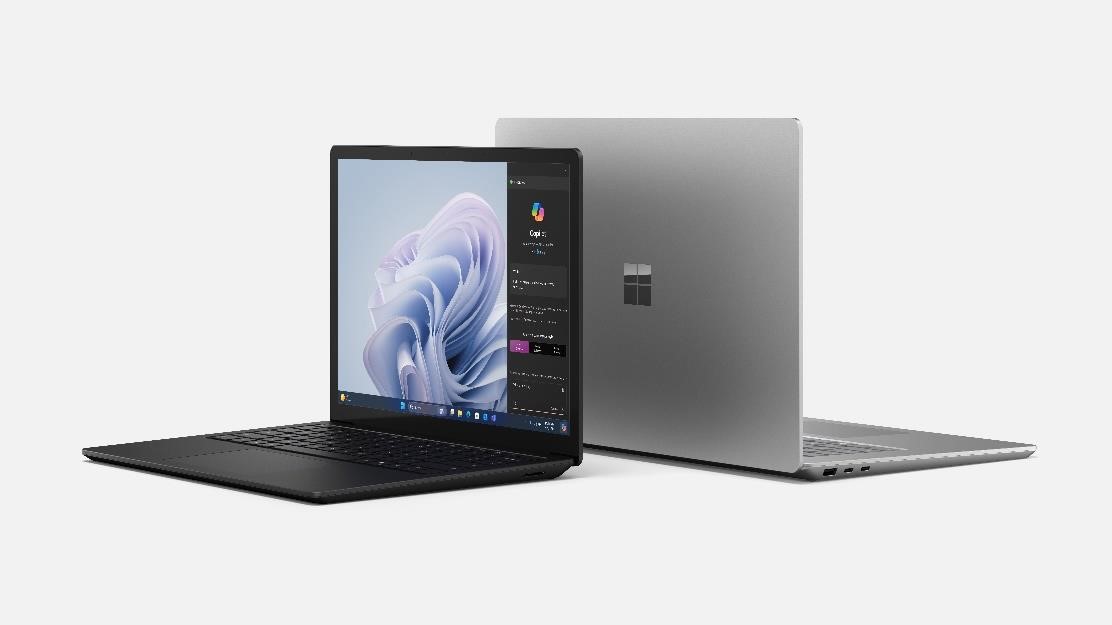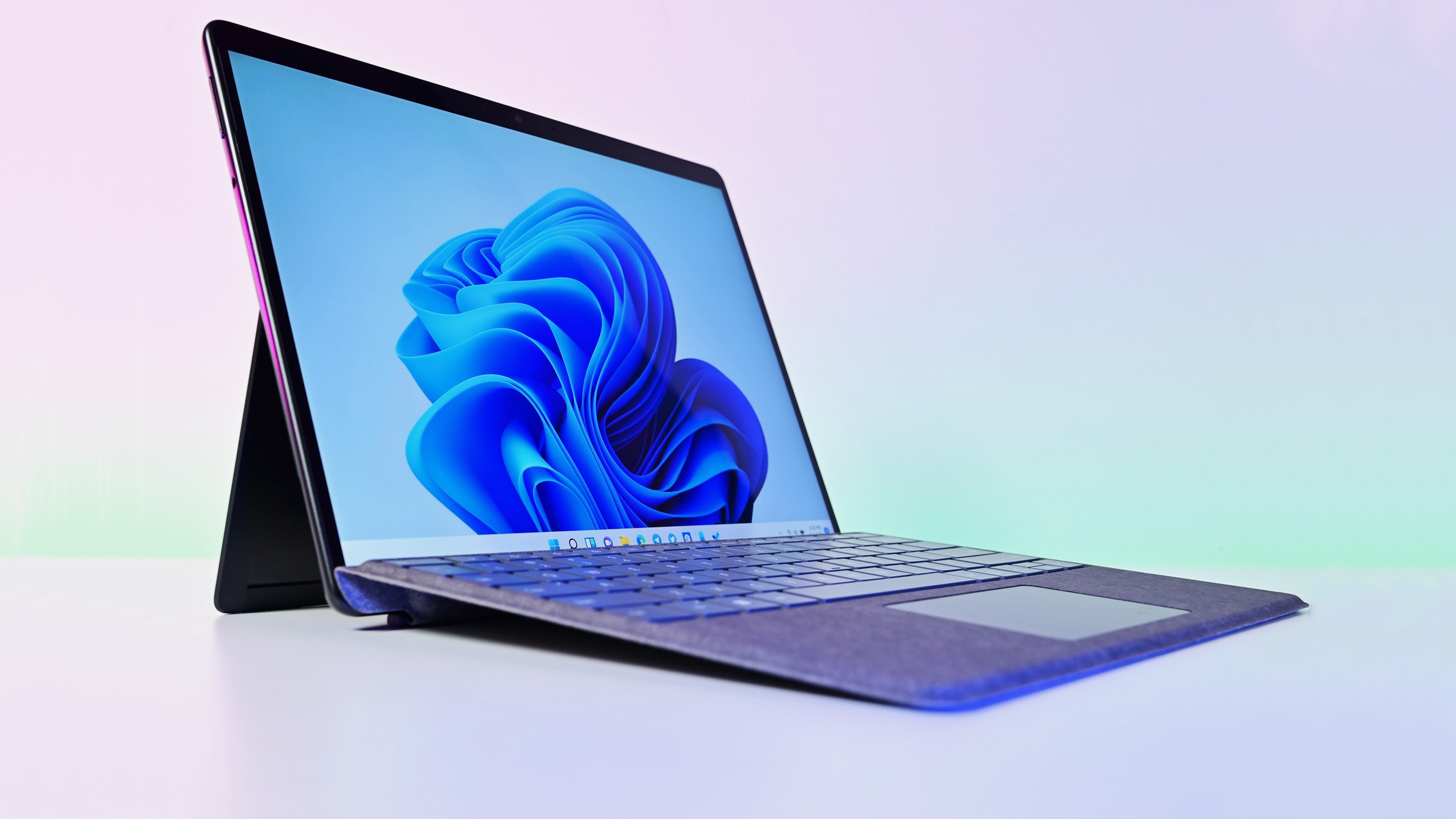
What you need to know
- Microsoft just announced the Surface Pro 10 and Surface Laptop 6 for business.
- The new PCs feature several business-oriented features, such as a built-in NFC reader in the Surface Pro 10 and an optional smart card reader on the Surface Laptop 6.
- Both of the new Surface devices run on Intel Core Ultra processors, ranging up to the Intel Core Ultra 7.
- Microsoft made the new PCs easier to repair with the addition of QR codes on internal components and markings to identify which types of tools are needed.
Microsoft announced its Surface Pro 10 and Surface Laptop 6 for business today. The new PCs feature almost identical designs to their predecessors when it comes to screen size, ports, and other external components. But if you look inside the Surface Pro 10 and Surface Laptop 6 for business, you'll see some key changes. In addition to new Intel Core Ultra processors, you'll see QR codes to help identify parts and markings to indicate what types of tools people need to repair the PCs.
Surface PCs were once notoriously difficult to repair, though that has improved in recent years.
Microsoft highlighted the repair improvements during its presentation today and The Verge added further context. Below are all of the components you will be able to replace on the Surface Pro 10.
- Battery
- Display module
- Enclosure (bucket)
- Front camera
- Kickstand
- Microphone module
- Motherboard (including processor and RAM)
- Power and volume buttons
- Rear camera
- Removable SSD
- Solid-state drive door
- Speakers
- Surface Connect port
- Thermal module
We don't have a full list of replaceable parts for the Surface Laptop 6 yet, but we know that list will include the display assembly, keyboard, SSD, battery, motherboard, Surface Connect port, thermal module, audio jack, speakers, touchpad, enclosure, and feet, according to The Verge.
Fixing Surface Pro and Surface Laptop

Microsoft's Surface devices used to be horrible when it came to repairs. The Surface Pro 7 infamously received a 1/10 repairability score. Leading up to that generation, Surface hardware had often received similarly poor scores, though there were some devices that were better in the category. The original Surface Laptop was called a "glue-filled monster" by iFixit.
Microsoft took its lumps, and rightfully so, for glueing down components and making Surface hardware difficult to repair. There was once a point where you essentially had to break a Surface device in order to repair it. Microsoft then listened to feedback and focused on repairability.
The Surface Pro 9 was the "most repairable" Surface Pro iFixit ever looked at. That improvement was thanks to an easy to remove SSD, a battery that was held in place by screws rather than glue, and several other changes that made it easier to repair a device or replace components.
Late last year, iFixit partnered with Microsoft to offer parts for several Surface devices, including the Surface Pro 9, Surface Laptop 5, and 13 other Microsoft Surface models. How many parts are available depends largely on the device you need to fix. For example, the Surface Pro 7 only has a kickstand available through iFixit but for the Surface Pro 9 you can order a kickstand, solid-state drive (rSSD), Battery, Surface connect charging port, back cover, speakers, thermal module, camera (front and rear), Wi-Fi deck, power and volume button, motherboard, or SSD door.
Microsoft also started selling replacement parts for Surface PCs through the Microsoft Store last year. The addition of QR codes and markings are the next step on Microsoft's repairability journey.







